Brazil’s lost champion? David Tremayne on Carlos Pace, the racer after whom the Sao Paulo circuit is named

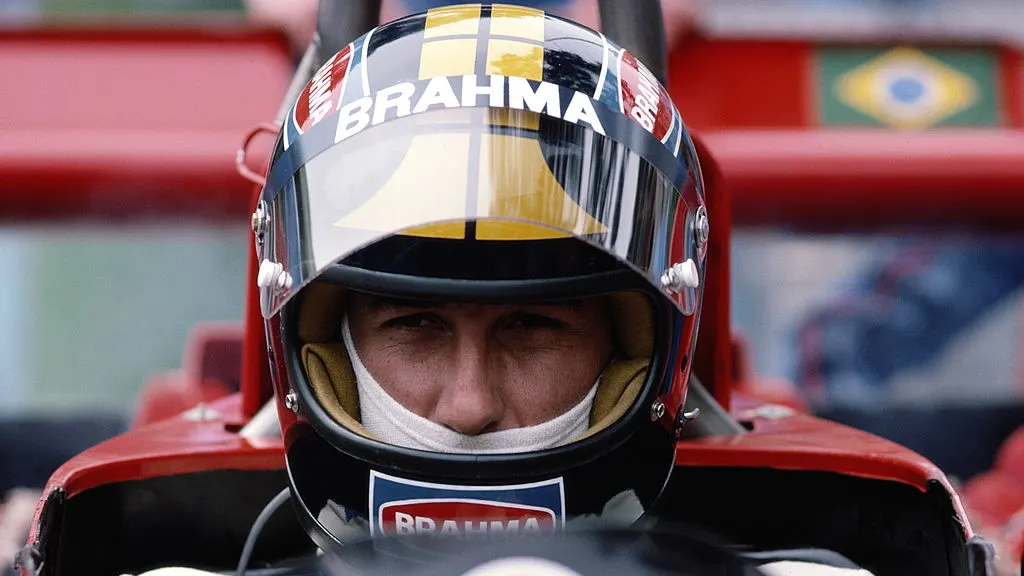
Coming just 13 days after the fatal accident that befell Tom Pryce in the South African Grand Prix on March 5th, 1977, Jose Carlos Pace’s death in a plane crash stunned the F1 fraternity.
Handsome and quick, he was the archetypal Brazilian racing driver who followed his trailblazing friends Emerson and Wilson Fittipaldi to Europe. On his day he had the speed and race craft to beat anyone, and had proved it convincingly at the autodromo in Interlagos that would later be named in his honour when he won the Brazilian GP two years earlier.
Next Up
Related Articles
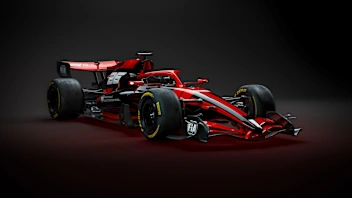 GALLERY: Check out renders of the innovative 2026 car
GALLERY: Check out renders of the innovative 2026 car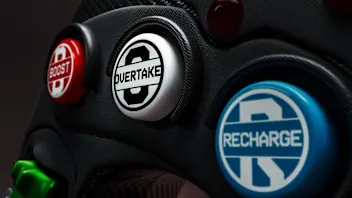 EXPLAINED: The key terms for F1’s new-for-2026 rules
EXPLAINED: The key terms for F1’s new-for-2026 rules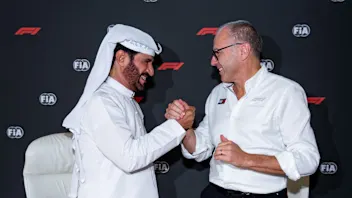 F1, the FIA and 11 teams sign 2026 Concorde Agreement
F1, the FIA and 11 teams sign 2026 Concorde Agreement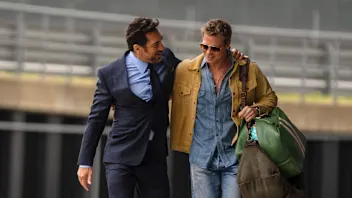 10 ways to get your Formula 1 fix during the winter break
10 ways to get your Formula 1 fix during the winter break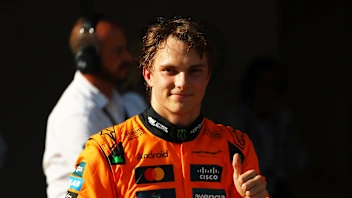 Piastri reveals lessons that will ‘only make me stronger’
Piastri reveals lessons that will ‘only make me stronger’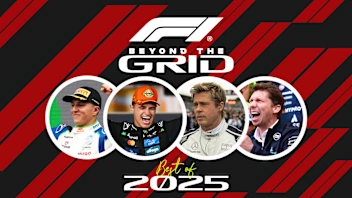 Beyond The GridThe best of 2025, from Norris’ evolution to Brad Pitt’s ‘need for speed’
Beyond The GridThe best of 2025, from Norris’ evolution to Brad Pitt’s ‘need for speed’
